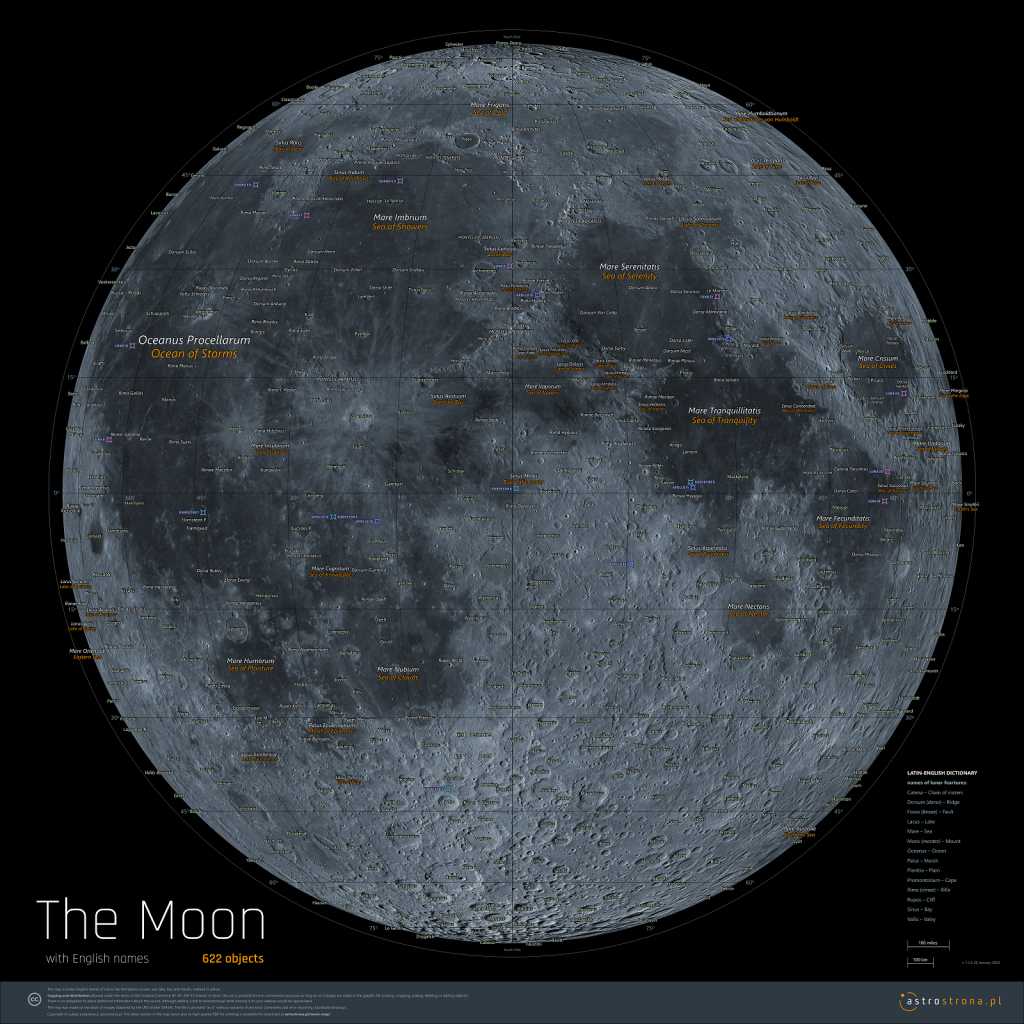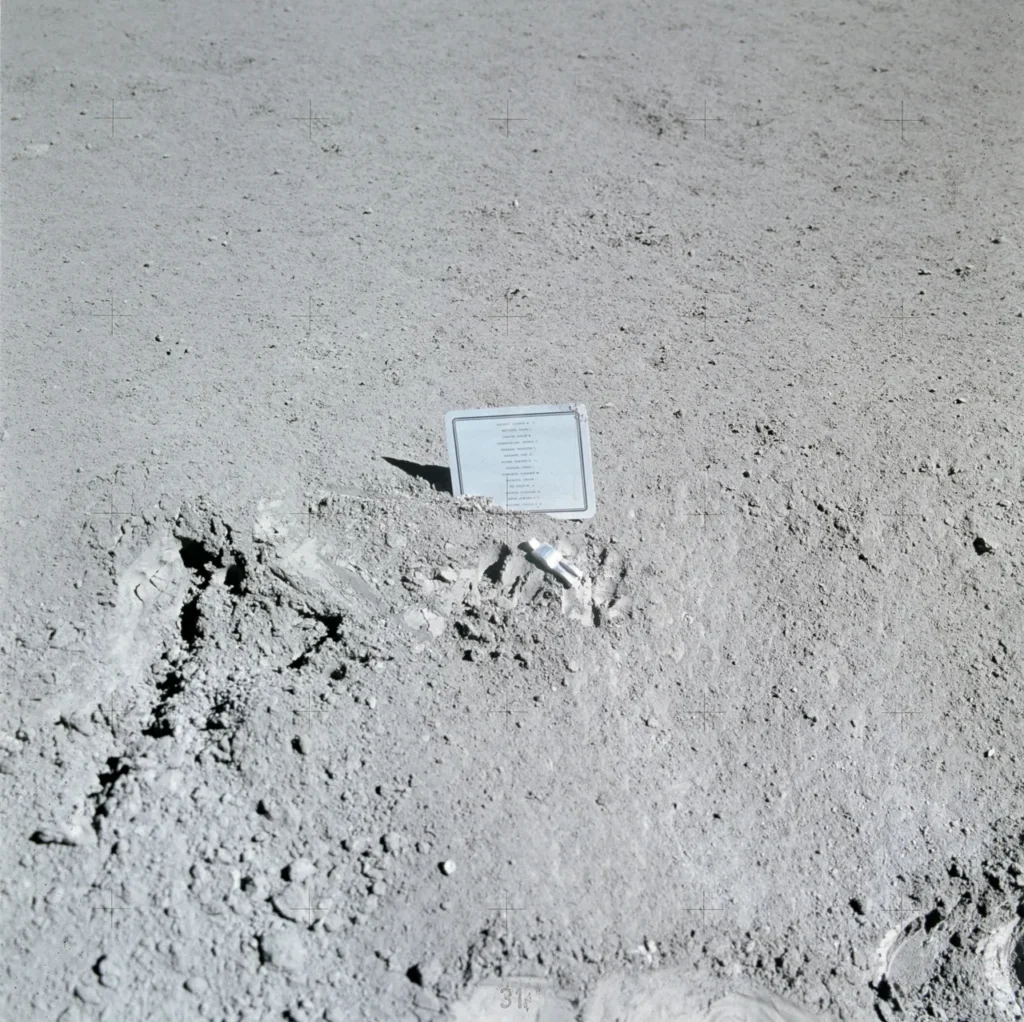our planet’s
The Moon began to take shape 4.5 billion years ago. It was formed from of a collision between our Earth and a Mars-sized protoplanet called Theia. This is proven by analyses of rock samples brought back from the Moon. Until then, this and a few others were just theories until the first landing on the Moon.
We can thank this planet called Theia for the fact that the Earth rotates on a tilted, not a straight, axis. Thanks to this, the seasons developed and the climate of our planet became suitable for Life. In the beginning, the Moon was very close to our Earth: only 25 thousand kilometers away, which led to extreme tidal phenomena. However, the proximity of the Moon was necessary to stabilize the Earth on this tilted axis of rotation.
If all this had not happened, the planet Earth would be unsuitable for Life.
We always see the same side of the Moon because it rotates on its axis as much as it takes to orbit our planet. This time is about 28 days. So, one lunar day is equal to 28 Earth days. The side that we never see is called the Dark Side of the Moon. Wrongly. =) Since the Moon also rotates on its axis, the Sun hits it from all sides, so it has no dark side, only the far side.
Tides – or rather, the old name for sea currents – are when the sea level fluctuates due to the gravitational influence of nearby celestial bodies (both the Moon and the Sun). The water level rises when the Moon is close. In very broad terms. The tide slows down the Earth’s rotation, but speeds up the Moon’s, as a result of which the Moon is constantly moving away from us. Unnoticeably (it took billions of years for it to move hundreds of thousands of kilometers away from us since its formation), but slowly, an Earth day is lengthening as a result.
Our Moon is more than 400 thousand kilometers away from us (when it is at its farthest, as it moves in an elliptical orbit) and its diameter is almost 3500 kilometers. It has no light of its own, it reflects the light of the Sun. The gravity of the Sun and the Earth keeps it in its orbit. In the past, there was volcanic activity on it, and some earthquakes, but today there are none. Its surface was and is shaped mostly by the solar wind and the celestial bodies that hit it. It has almost no atmosphere, thanks to which space conditions prevail, there is no air movement. This made it easy to “divide” it, to divide it into areas, and almost every trench – mountain was named.
The names trench and sea originated from the fact that astronomers once believed these darker spots to be seas and waters. In fact, they were solidified lava. Apollo 11 landed on the Sea of Tranquillity. =)
During a lunar eclipse, the Earth comes between the Moon and the Sun, casting a shadow on our Moon. During a solar eclipse, the Moon comes between the Sun and the Earth, blocking out the Sun.
The Moon fell victim to human competition. First with probes, then with missions to send humans to the Moon. Space race, politics. America took the crown with the landing on the Moon, with the Apollo program. James Edwin Webb, the 2nd administrator of NASA, played a huge role in launching it, after whom the James Webb Space Telescope, which is now actively producing images, was named. =) You can read about it HERE.
On July 20, 1969, the first man to step on the moon, Neil Armstrong (August 5, 1930 – August 25, 2012), tell the well-known phrase:
“That’s one small step for man, one giant leap for mankind.”
They left a commemorative medallion and badge there in memory of the deceased pilots. And a work called Fallen Astronaut, which pays tribute to the deceased American and Soviet astronauts. It is an aluminum sculpture and a plaque with 14 names.
In addition to the objects intended as mementos, we deliberately left other things on our celestial companion due to the weight (for example, we needed space for rock and dust samples). Such as a vomit bag (not empty) and 12 pairs of lunar walking shoes.
Below you can find the archive on the right side of the website, in chronological order, what is found on the surface of the Moon. At least what we know about.
Moon Registry – For All Moonkind
For 3 years after that, there were a total of 6 Apollo missions – of which Apollo – 13 were unsuccessful –, there was no “need” for more.
December 11, 1972 – no man has set foot on the Moon since.
However, with the Artemis mission, this lack of interest is finally over! =) Within the framework of the mission series, the goal is not only to send a man to the Moon, but also to build a Moon base. On the Moon and in orbit around the Moon. Preparations for this are in full swing.
Be a Nerdy Bird!





[…] It became a $10 billion device. 6.5 tons, Hubble is twice that. It is as far away from us as the MOON is about four times the distance from Earth. Because of this, we will not be able to repair it, […]